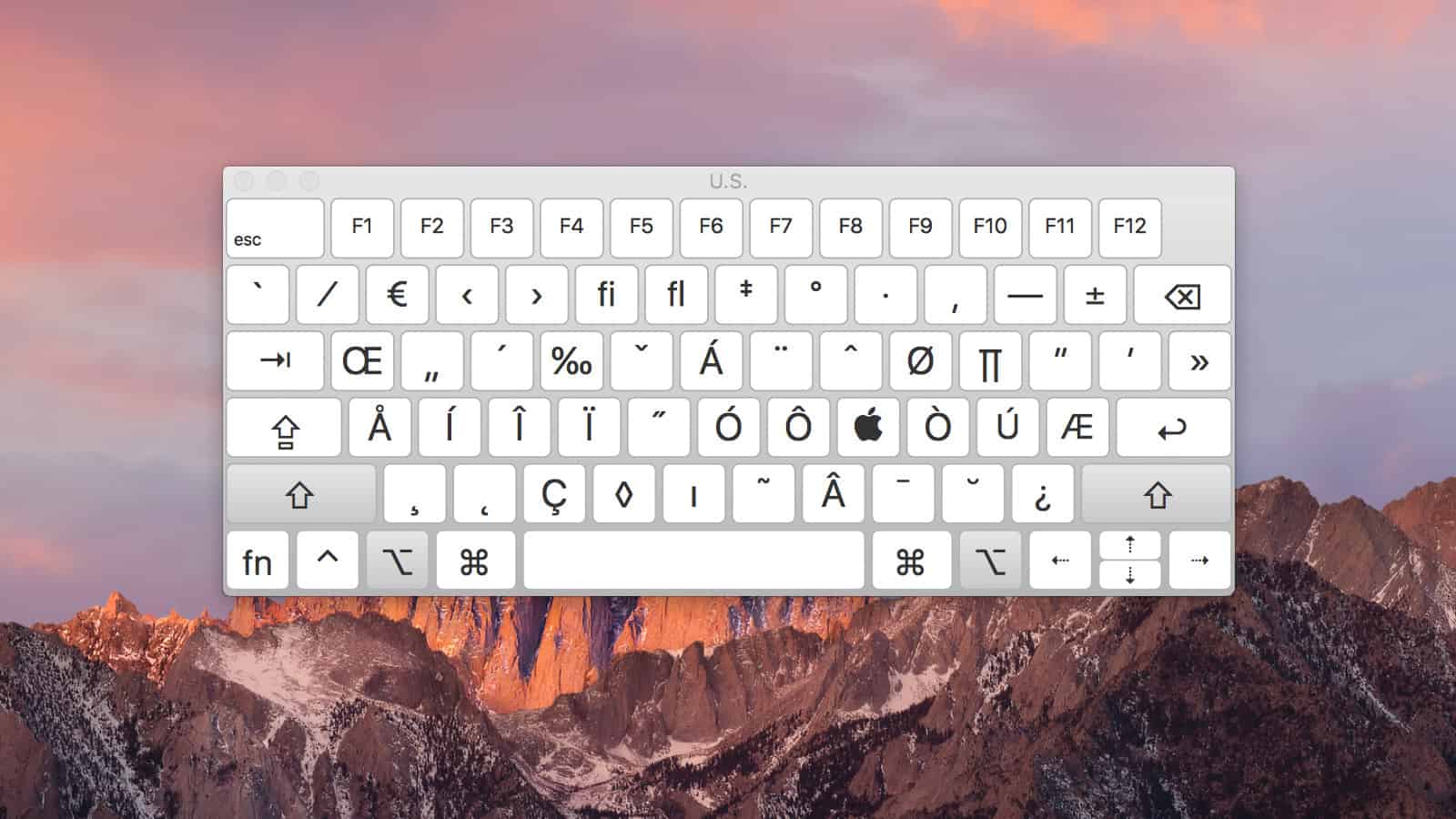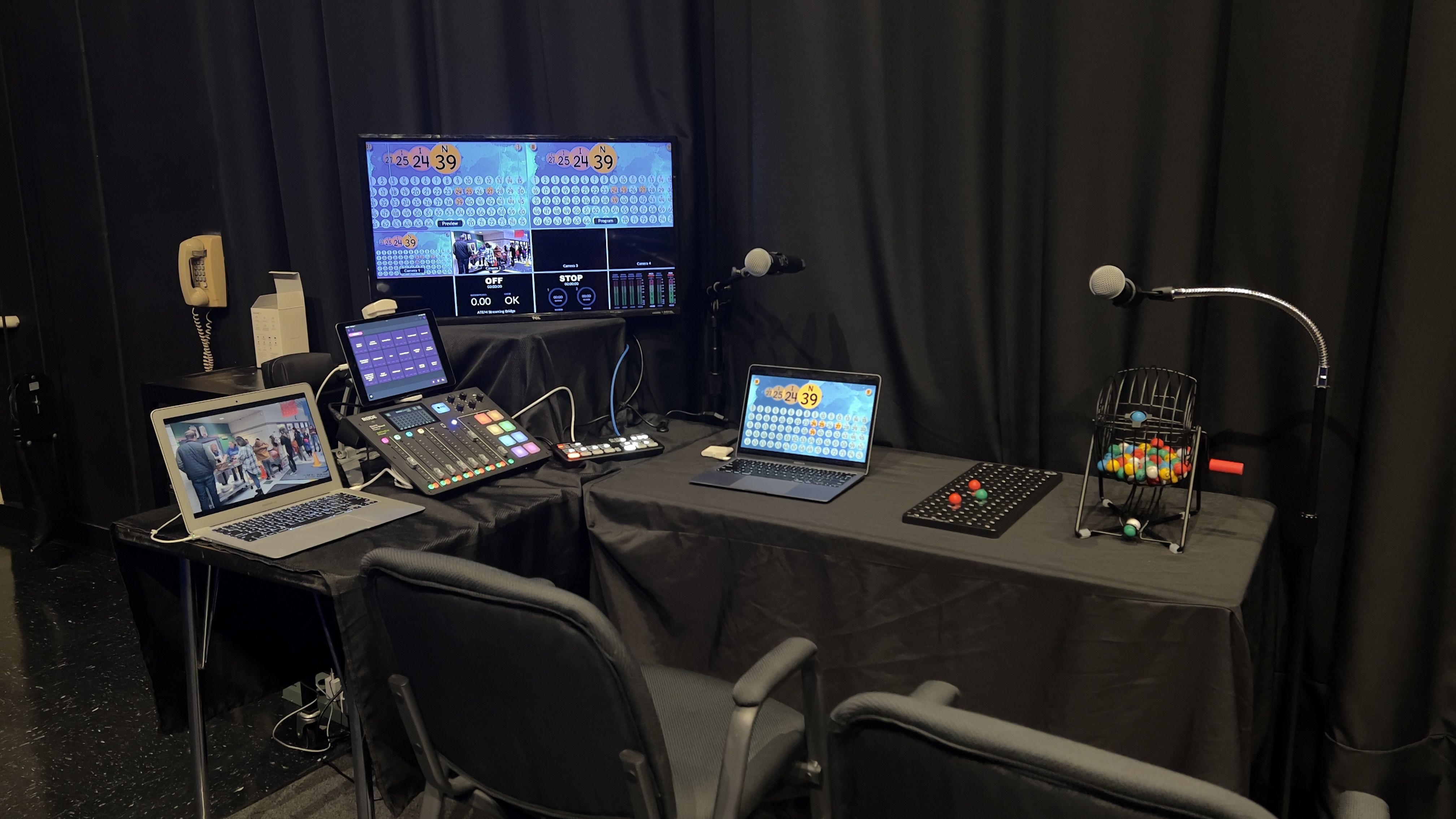
Gmail Signature
How to Create a Basic Email Signature in Gmail
Step 1: Access Gmail Settings
1. Log into your Gmail account.
2. Click on the hamburger icon (three horizontal lines) in the top-left corner.
3. Select “Gmail” from the menu.
4. Click on the settings gear icon in the top-right corner and select “See all settings.”
Step 2: Create a New Signature
5. Scroll down to the “Signature” section.
6. Click the “Create New” button.
7. Enter a name for your signature (e.g., “Standard”) and click “Create.”
Step 3: Add Your Signature Details
8. Type your full name and press “Enter.”
9. Enter your position title and press “Enter.”
10. Add your school name or organization and press “Enter.”
11. Input your phone number in a modern format (e.g., 763-261-6330 Ext. 101) and press “Enter.”
12. Optionally, add your email address.
Step 4: Insert a Logo
13. If you have a logo, upload it to Google Drive.
14. Refresh the Gmail settings page to ensure the image is available.
15. Click the “Insert Image” button in the signature section.
16. Navigate to Google Drive and select the uploaded logo.
17. Adjust the logo size by selecting “Small” to fit properly within the signature.
Step 5: Format Your Signature
18. Bold your name, position title, and school name for emphasis.
19. Change the name color if desired (e.g., blue).
20. Add spacing around the logo for a clean appearance.
Step 6: Add Clickable Links (Optional)
21. Highlight your email address, click the link icon, and confirm it is linked correctly.
22. To link your phone number, highlight it and select the link icon.
23. Type “tel:” followed by your phone number (e.g., tel:7632616330) and click “Apply.”
Step 7: Apply and Save the Signature
24. Under the signature settings, select your new signature for both “New emails” and “Reply/Forward.”
25. Check the box to remove the default Gmail dash before the signature.
26. Scroll down and click “Save Changes.”
Step 8: Test Your Signature
27. Compose a new email to check if the signature appears correctly.
28. Click on the email and phone number links to ensure they work.
29. If any changes are needed, return to settings and adjust accordingly.
Your email signature is now set up and ready to use!
My name is Jay Rockensock, and in this tutorial, I’m going to show you how to create a basic email signature in your Gmail account. With that, let’s get started. The first thing you’ll want to do is log into your Gmail account. Once logged in, select the hamburger icon, then select Gmail. Next, click on the settings gear and choose “See all settings.” Scroll down until you find the Signature section. If you haven’t created an email signature before, you won’t see any existing signatures—only a “Create New” button. That’s our next step. Click the button, and you’ll be prompted to name your new signature. You can name it whatever you want, but for this tutorial, I’m going to name it “Standard.” Confirm this by selecting “Create.”
Now, I’m ready to manually create this email signature. I’ve already prepared a template for us to use by copying and pasting the signature from one of our staff members. Before continuing, I want to show you a time-saving technique when working between two tabs. Right now, I’m using one window as my main workspace. To make multitasking easier, I’m going to grab this tab, pull it down, and then hover over the screen button to place this window on the right side of my screen. Next, I’ll select my main window for the left side. This creates a split-screen effect, allowing me to see my email signature while still working on the main window. I’ll adjust the size by dragging the gray bar to the right so I can comfortably view both windows at the same time.
Now, we’re ready to start creating the email signature. We’ll begin with the name. Some of you may be wondering if you can simply copy and paste an existing email signature instead of creating it manually. The answer is both yes and no. If the signature consists only of text, copying and pasting will retain the formatting, including bold text and colors. However, when it comes to images, the formatting often doesn’t transfer properly. It might look fine on your end, but when you send an email, the recipient may see a distorted or missing image. Since many of you watching this tutorial won’t have a pre-existing template, we’ll go through the process manually. To start, type your name and press enter. Then, add your position title, press enter, type the school name, press enter again, and input the phone number while maintaining a modern format with the extension. Press enter once more and include your email address. These details are optional, so if you don’t find it necessary to include your email, you can skip that step. However, I’m going to include it in this tutorial because I’ll show you a useful feature at the end. Press enter again to create some space around the logo.
There are different ways to add a logo to your email signature. One method is by taking a screenshot. On a Mac, you can do this by holding the Command key, pressing the Shift key, and then pressing the number 4 key. This will change your cursor to a crosshair, allowing you to select and capture an image of the logo. However, for this tutorial, we’ll use a different method. Right-click the logo, select “View More Options,” and then choose “Save to Keep.” This will save a higher-quality version of the image. Right-click on it again and select “Save As,” naming it appropriately. In this case, I’ll name it “Becker Logo” and confirm by selecting “Save.” Once the logo is saved, the next step is to move it to Google Drive. If you have multiple images, it may be helpful to create a folder named “Email Signature” to keep them organized for future adjustments. After uploading the image to Google Drive, refresh the page to ensure the image appears. Now, go back to the email signature tab, select “Insert Image,” navigate to Google Drive, and select the uploaded logo.
At this point, you might be wondering why I didn’t simply upload the image directly from my desktop. While you can do that, Gmail will automatically move the file to Google Drive anyway. That’s why I prefer to upload it there first. Now, I’ll return to my Drive, find the Becker Logo, and select “Insert.” A popup message will appear, indicating that the image needs to be made accessible to others. To fix this, go back to Google Drive, locate the image, click “Share,” and change the settings to “Anyone with the link.” Confirm this change by selecting “Done.” Now, return to the email signature, select the image from Google Drive again, and insert it. Once the logo is inserted, it may appear too large. Select the image and choose the “Small” option to resize it. Now it looks much better. I’ll add another line break to create more space around the logo. Since we won’t need Google Keep anymore, I’ll close it. Next, we’ll use the copy-and-paste method to complete the signature. When working with text, this method works beautifully. Select the last portion of text, press Command + C to copy it, then navigate to the email signature and press Command + V to paste it. If you prefer using the mouse, you can right-click and use the copy and paste options.
Now that we have created a well-designed email signature, let’s finalize a few settings. Under the signature settings, select the newly created “Standard” signature for both new emails and replies or forwarded messages. If this option is unchecked, I recommend enabling it. To demonstrate why this setting is important, I’ll save my changes and compose a new email. Without enabling this setting, Gmail automatically inserts an unnecessary dash before the signature. Many users find this frustrating, but it can be removed by checking the appropriate setting. One final adjustment I recommend is adding a line with your building and room number. While we already have the school name, this extra detail is extremely useful for technology and support staff. For example, you can add a line that specifies “MS – Office 304.” This helps IT and administrative staff quickly locate you.
Now, let’s enhance the formatting. We’ll start by bolding the name and changing its color to blue. Next, we’ll bold the position title and school name. With these simple changes, the email signature looks much more professional. The last step is adding embedded links for phone numbers and emails. These links allow recipients to click directly on them from a mobile device. Gmail often automatically detects emails, but if it doesn’t, highlight the email address, click the link button, and enter the email again. For phone numbers, the process is slightly different. Highlight the number, select the link button, and type “tel:” followed by the number with no spaces or special characters. For example, enter “tel:7632616330” and insert a comma before the extension to create a brief pause when dialing. Once these links are added, test them by hovering over the phone number and email address to confirm they work correctly. Unfortunately, Gmail does not allow you to remove the underline, but I recommend keeping it since it helps recipients recognize clickable links. If you’d like, you can also add additional links such as a website or social media. Simply highlight the text, select the link button, and enter the URL.
At this point, we’ve successfully created an email signature. If you’re satisfied with the result, you’re done. However, for those who want to take it a step further, let’s discuss additional options. One advanced feature is embedding links for phone numbers and emails, ensuring mobile devices recognize them as clickable contacts. For example, linking a phone number allows users to tap it and instantly call via an application like 3CX. Similarly, clicking an email address opens the default email app. Another useful trick is embedding website links. Instead of displaying full URLs, you can hyperlink text like “Visit my website” to make it look cleaner. Highlight the text, click “Insert Link,” and enter the website URL. If you have any questions about creating an email signature, feel free to reach out to your IT department for assistance. If you haven’t set up an email signature before, don’t hesitate to ask for help. We’re here to support you and make the process as easy as possible. Thank you for watching.












